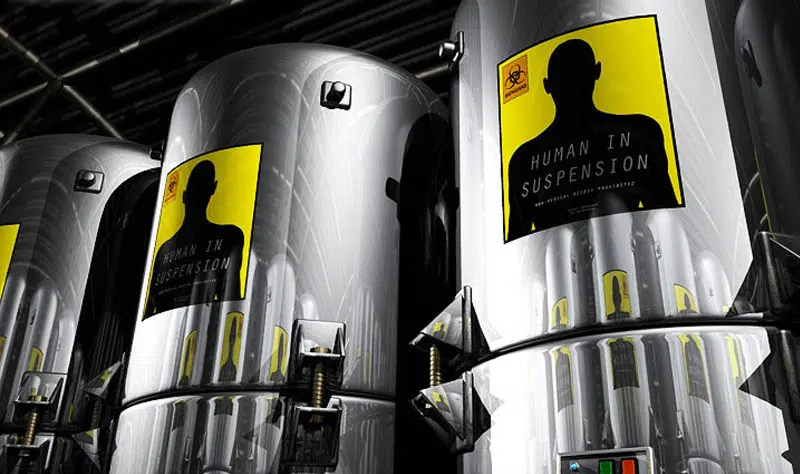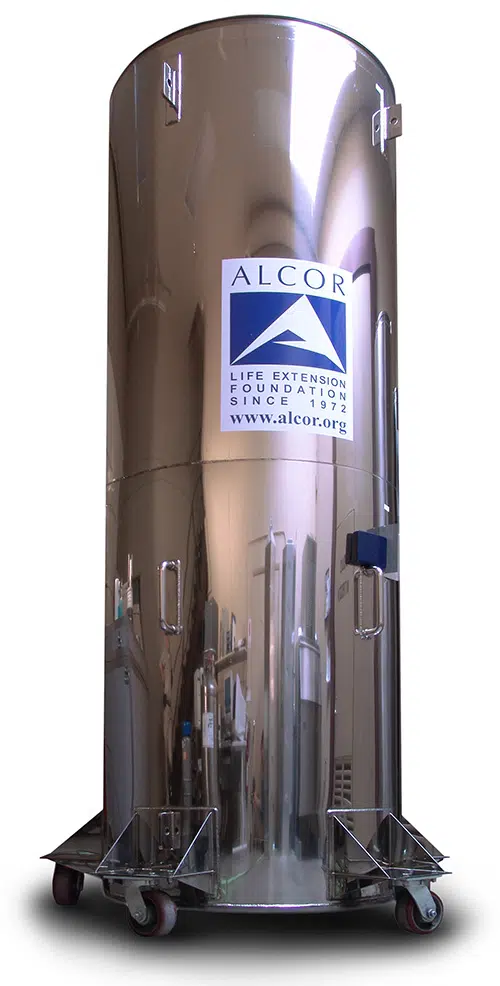
Cryonics: What It’s Like to Be Frozen
Featured in Ripley's Believe It or Not!

The Science of Cryonics
We’ve all heard the rumors of famous celebrities and world-elite freezing their sick bodies in the hopes of being reanimated in the far future when a cure is found for their illness. This practice, cryonics, relies on sub-zero temperatures to preserve these bodies in a state of suspended animation, but where does the science end, and fiction begin?






